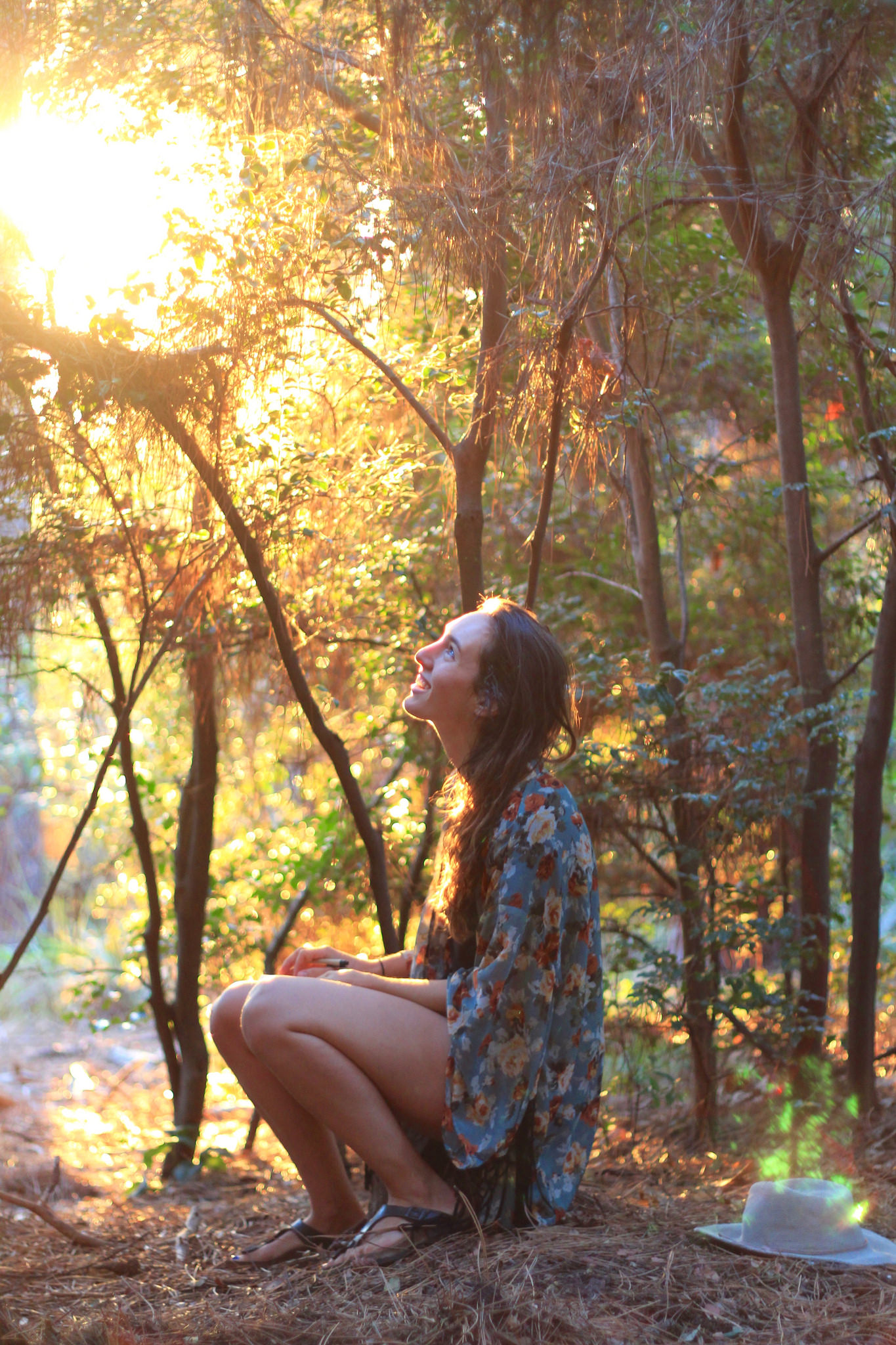In addition to the travel, culture, and adventure writing I focus on here, I also dabble in poetry, fiction, and other creative writing. Through these pursuits, I have come to collaborate with a wonderful artist named Paula Barkmeier.
We hope to make a book soon.
To that end, I have started thinking—and writing—about my creative process pretty much for the first time in my career. This is what I have so far…feedback is welcome!
On my Creative Process
I typically begin a piece of writing in one of two ways. Either I have a specific story I want to tell or article I want to write, and I do that—or I have a vague idea pushing at my fingertips, my tongue, my belly, a somewhat undefined urge to create bubbling to the surface, and I follow it.
I’d like to talk about the first one, very briefly. I know, it’s really not glamorous. I just decide to be creative and write something down? No blood, sweat, or tears? No agony or writer’s block? That goes against everything we’re told about creativity: You have to wait for inspiration. It’s a delicate process. Creativity can’t be forced.
I have a secret for you: It can.
You see, storytelling isn’t just a passion for me; it’s also my job. I write, I edit, I blog, I copywrite, I ghostwrite, I create marketing materials… I don’t always have the luxury of waiting for inspiration. Especially when I have a deadline. So I don’t wait. I just sit down and write.
A writing teacher once told our class of young, bushy-tailed university students: “Writing is a craft. You can force it—and you should.” It was some of the soundest advice I have ever received about writing. In the past few years, it has proved true for me time and time again. I think it’s an important thing for creative people, working in any medium, to remember.
This, whatever “this” is, is our craft, as well as our art. Inspiration will come and go—and we all know how it feels when it hits!—but we have to carry on regardless.
Poetry, for me, is the exception to that rule. Poetry falls into that second category I mentioned, of fluid, spontaneous, elusive creative impulse. I do not force it. It is not a craft for me. The pieces that emerge out of that hazy, insistent urge to create become some of my favorites—perhaps more so because when I look back on it weeks, months, or years later, I almost can’t recognize the writer behind the words. She is transfigured by the creative process. She became a conduit for words, rather than their source, and I almost suspect she is another person entirely because of it.
Poetry—and, let’s not be too strict, lyrical prose and some stories too—involves for me a semi-mystical process of creation. When I sit down to write, not because I have a story to tell that day, but simply because I feel I must, I enter into a different kind of creative space. This space is not always productive or focused, but it is inspired, intoxicating, and kind of magic.
At its best, I believe writing—or any art—can express the inexpressible: It can take the inarticulate, murky language of dreams, hopes, fear, or loss, and translate it into words, images, and form. This articulation of the formerly formless is at the essence of my broadest aspirations as a writer, an artist, a creator. I write to give wings to heartbreak, and thus allow it to take flight. I write to put words to my wandering heart, and thus allow it to sing. I write to give a voice to my spirit, and thus—I hope—allow it to speak to yours.
This process is both the most personal—drawing on the intimate details of my lived experience to imbue my work with raw truth—and the most universal—discovering the shared fears, joys, loves and losses at the core of every story. And so the archetype enters the scene. By its very definition the archetype is both universal and personal; the every man, the every woman, the every child speaks to the most profound depths of our souls.
My work centers on the following themes:
joy, adventure, fear, seeking, discovery, wildness, and transformation.
And it often draws on archetypal models almost by accident—such is the nature of the archetype, that we cannot wander far without stumbling across its path.
The hero’s journey. The goddess. The winged woman. The seeker. The gypsy. The lover. The masked man. The trickster. The vagabond. The wildling.
To call it an accident is perhaps to sell the archetype short, however. It is through the exploration of archetypal forms that we understand ourselves more fully—or, that is what I believe. These figures people my dreams and my poetry. Together, they create the thematic loom into which I weave my words.
But that is only the beginning. I write to express, it’s true, but lately that is only one layer. Lately, I also write to connect, to inspire, to, in the smallest of ways, engender change. I believe in the potential for stories, words, art to build understanding, teach joy, promote healing, and sustain peace. It is my hope that I have accomplished this with this collection. If my words encourage anyone to go out, explore and seek meaning in the world, I’ll consider my writing a great success.
Seriously, feedback welcome! (I already know it’s long.)
Photo Credit: Zen Monkey Photography
